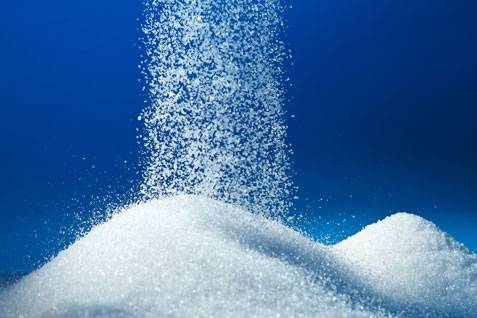Copper prices declined on Monday, giving up part of last week’s strong gains despite ongoing concerns over supply disruptions following the deadly incident at Indonesia’s Grasberg mine.
Three-month benchmark copper on the London Metal Exchange (LME) fell 0.7% to $10,639.50 per metric ton by mid-afternoon trading, erasing earlier gains after the metal recorded its biggest weekly increase in a year last week.
On the Chicago Mercantile Exchange (CME), three-month copper futures traded at $11,115 per metric ton ($5.0525 per pound), down 1% for the day.
Prices came under pressure as the US dollar strengthened, rising after the French prime minister’s resignation and growing expectations that Japan will appoint a pro-stimulus leader. A stronger dollar typically weighs on dollar-priced commodities, making them more expensive for buyers using other currencies.
Grasberg Mine Tragedy Deepens Supply Risks
Copper markets remain tense amid continued global production disruptions. Freeport-McMoRan (NYSE: FCX) declared force majeure last month at its Grasberg copper and gold mine after mudflows flooded underground tunnels, forcing the company to scale back output.
In a statement issued Sunday, Freeport confirmed that all seven missing workers were found dead after five additional bodies were recovered. The Grasberg mine, located in Papua, is the second-largest copper mine in the world and a key pillar of global supply.
Focus Shifts to US Economic Data and Fed Policy
Investors will turn their attention later this week to upcoming US economic data, including jobless claims and inflation expectations, though their release may be delayed due to the ongoing government shutdown.
Market sentiment was also influenced by recent Federal Reserve comments. Dallas Fed President Lorie Logan said Friday that the central bank remains further from achieving its inflation goal than from reaching maximum employment, signaling caution over future rate cuts.
Analysts expect that a future monetary easing cycle could support copper and other commodities by weakening the dollar. However, Jefferies analyst Christopher LaFemina warned that excessive monetary easing might trigger an inflationary surge in commodity prices, potentially harming economic growth.
“LaFemina wrote in a research note: ‘Starting a rate-cutting cycle while the economy remains relatively strong should be positive for commodity prices,’” he added, “but there is still a risk of an inflationary spike in commodities that could hurt growth.”
Meanwhile, the US dollar index rose 0.4% to 98.1 by 15:40 GMT, reaching a session high of 98.5 and a low of 97.9.
In US trading, December copper futures fell 1.1% to $5.05 per pound as of 15:22 GMT.


